Back to Courses
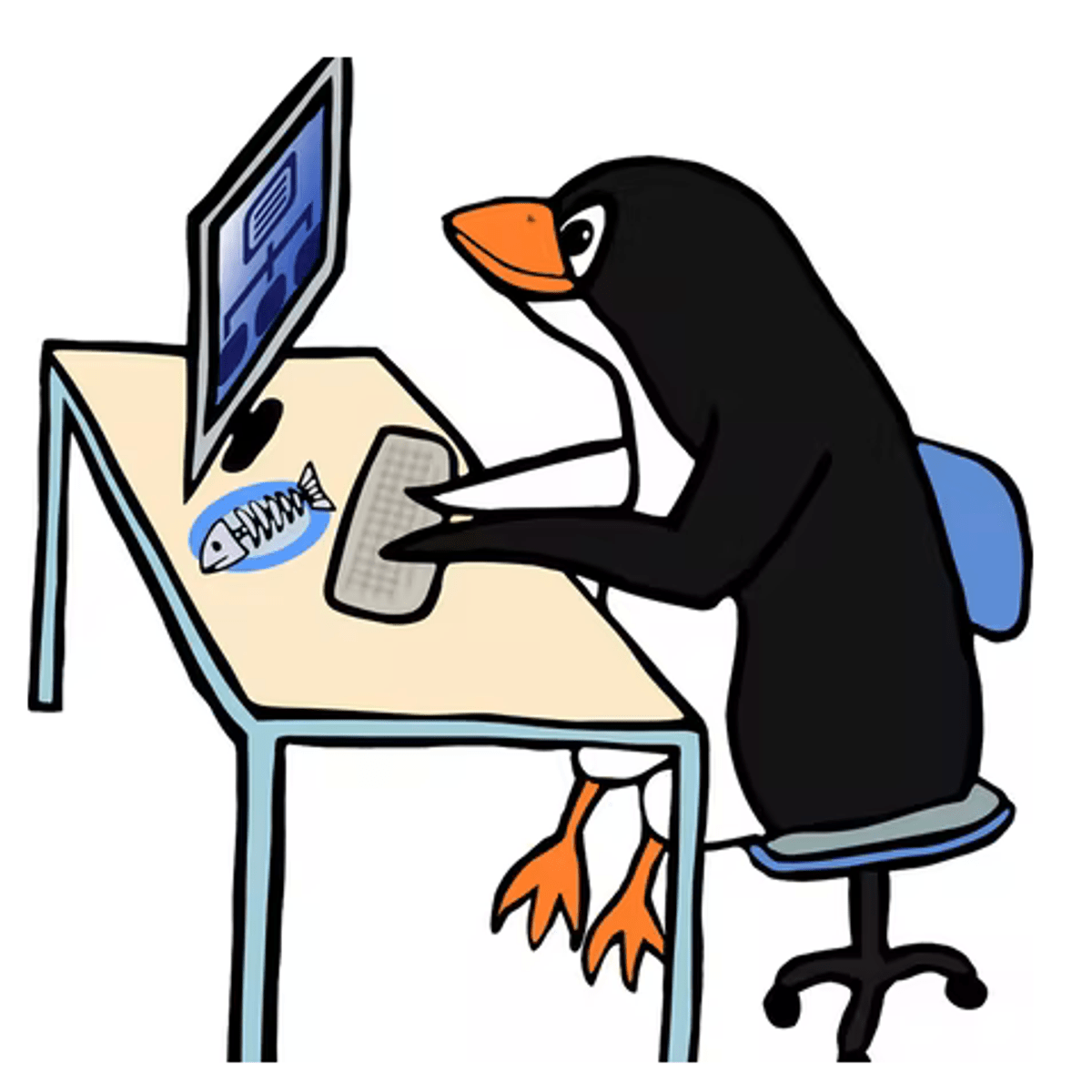
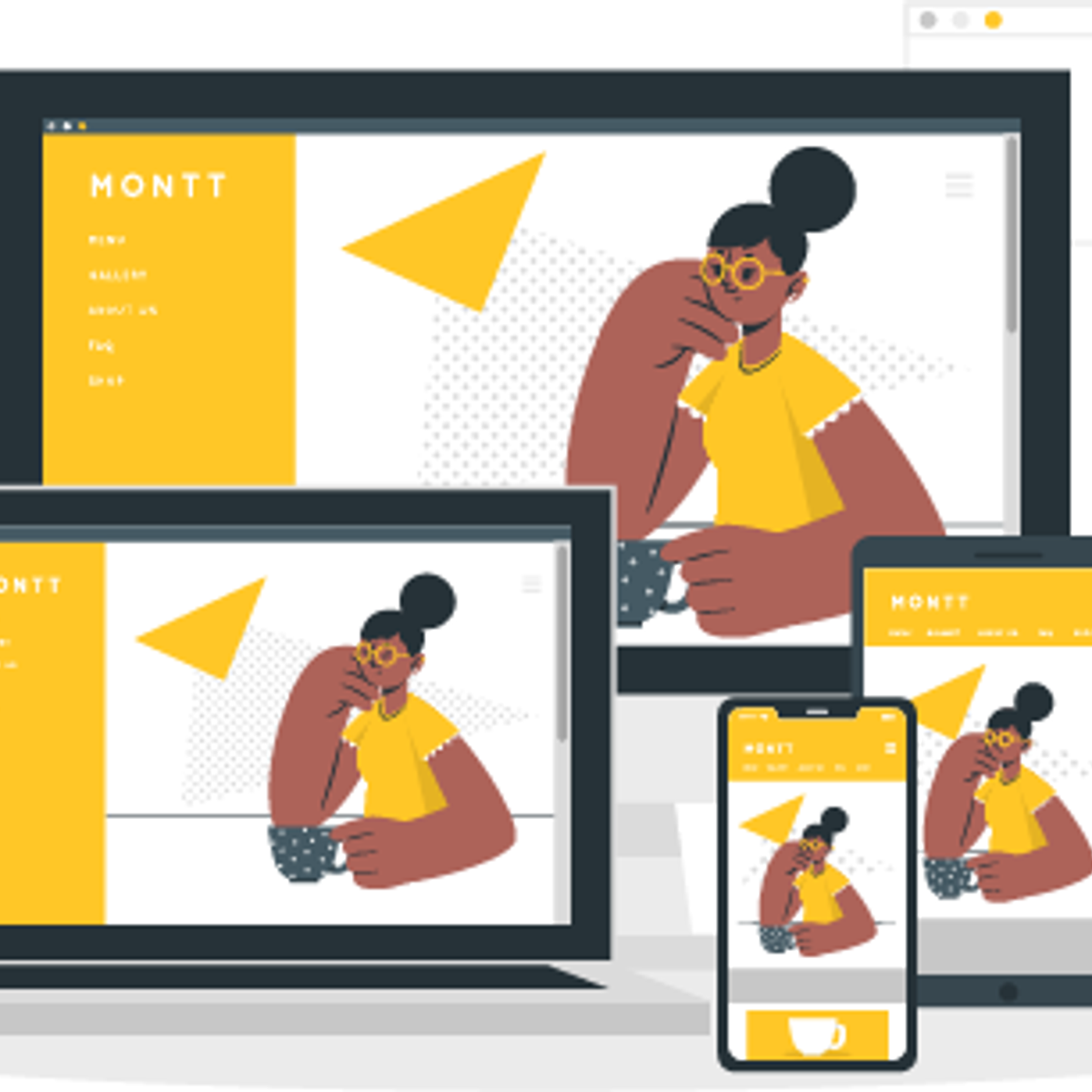
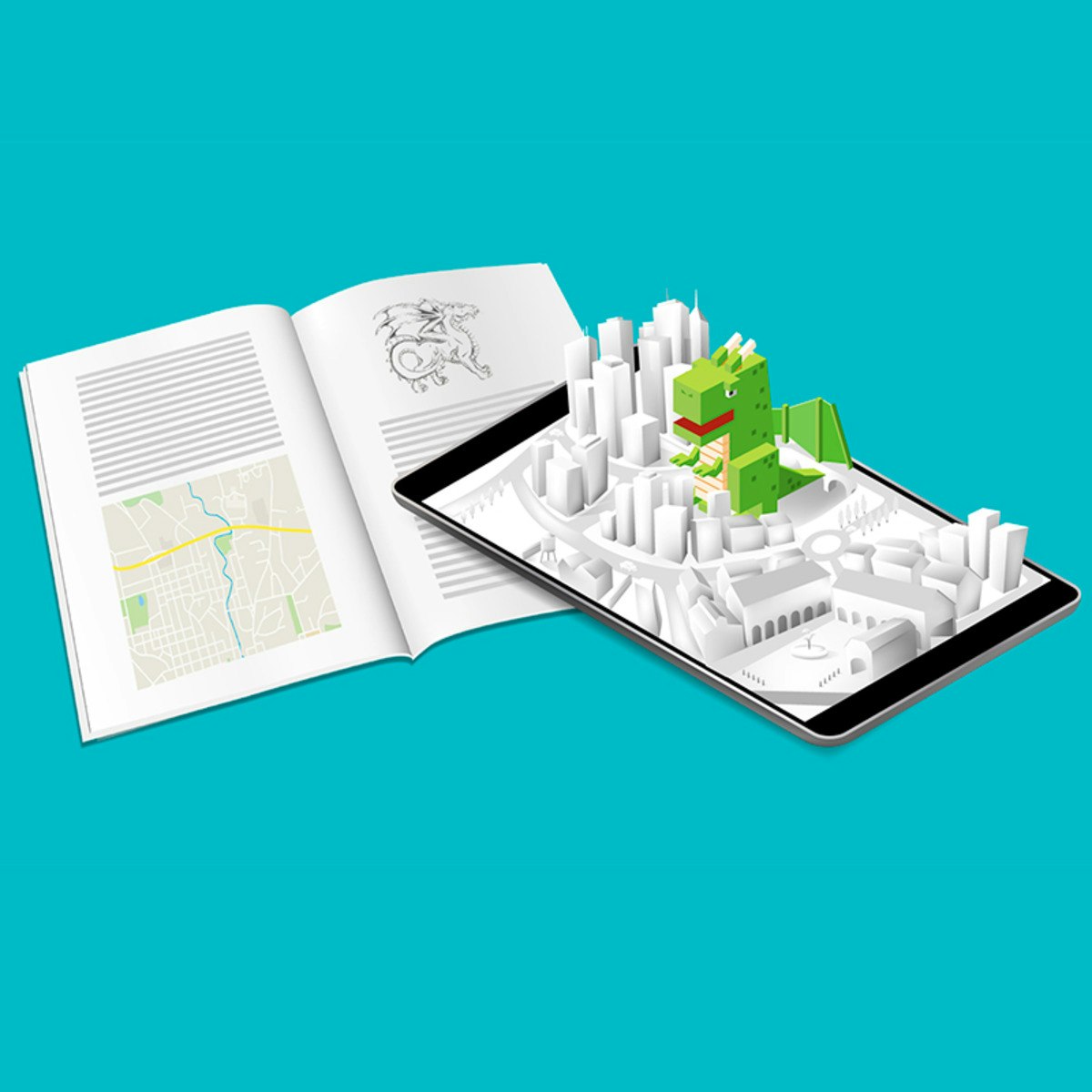
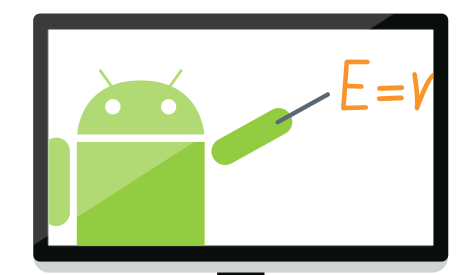

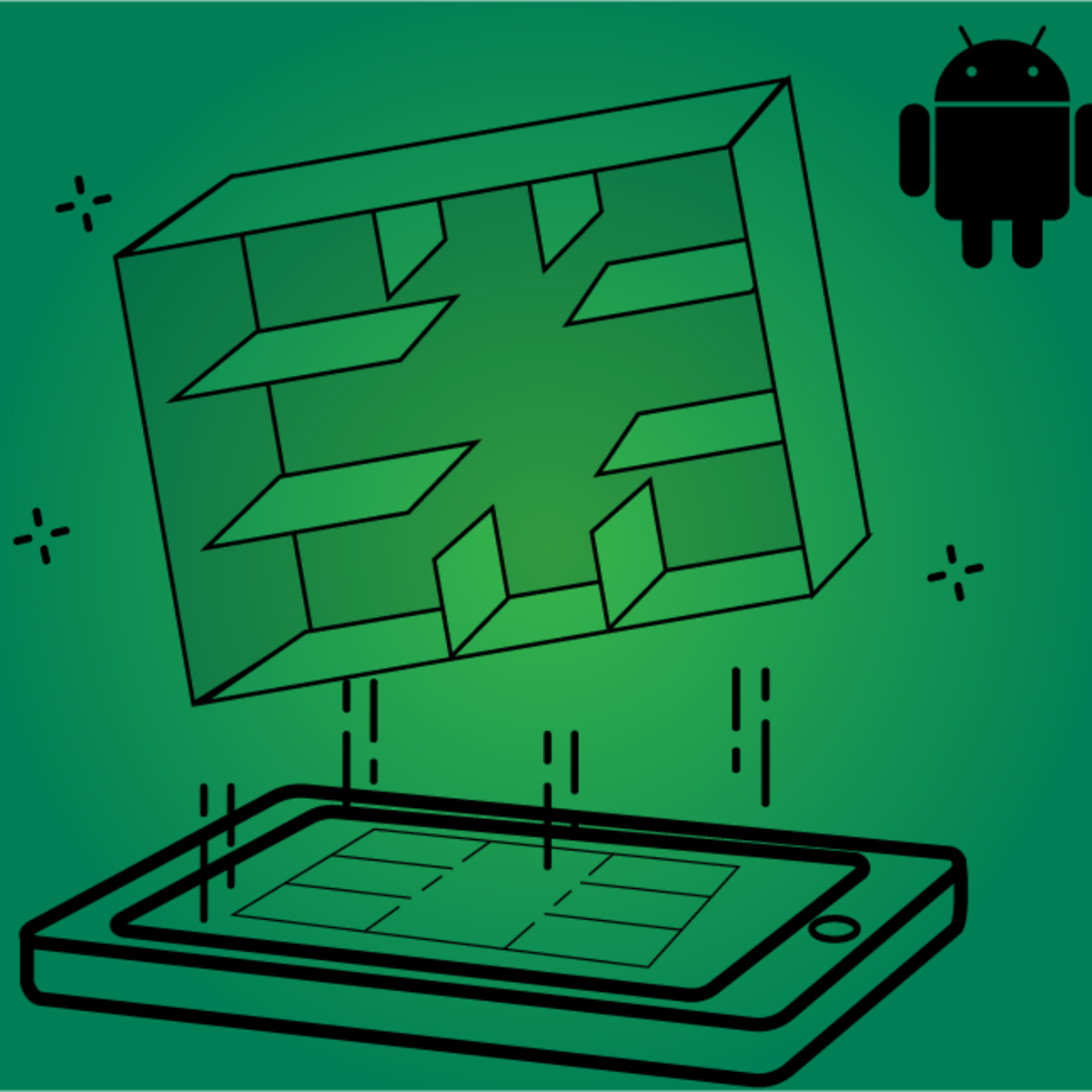

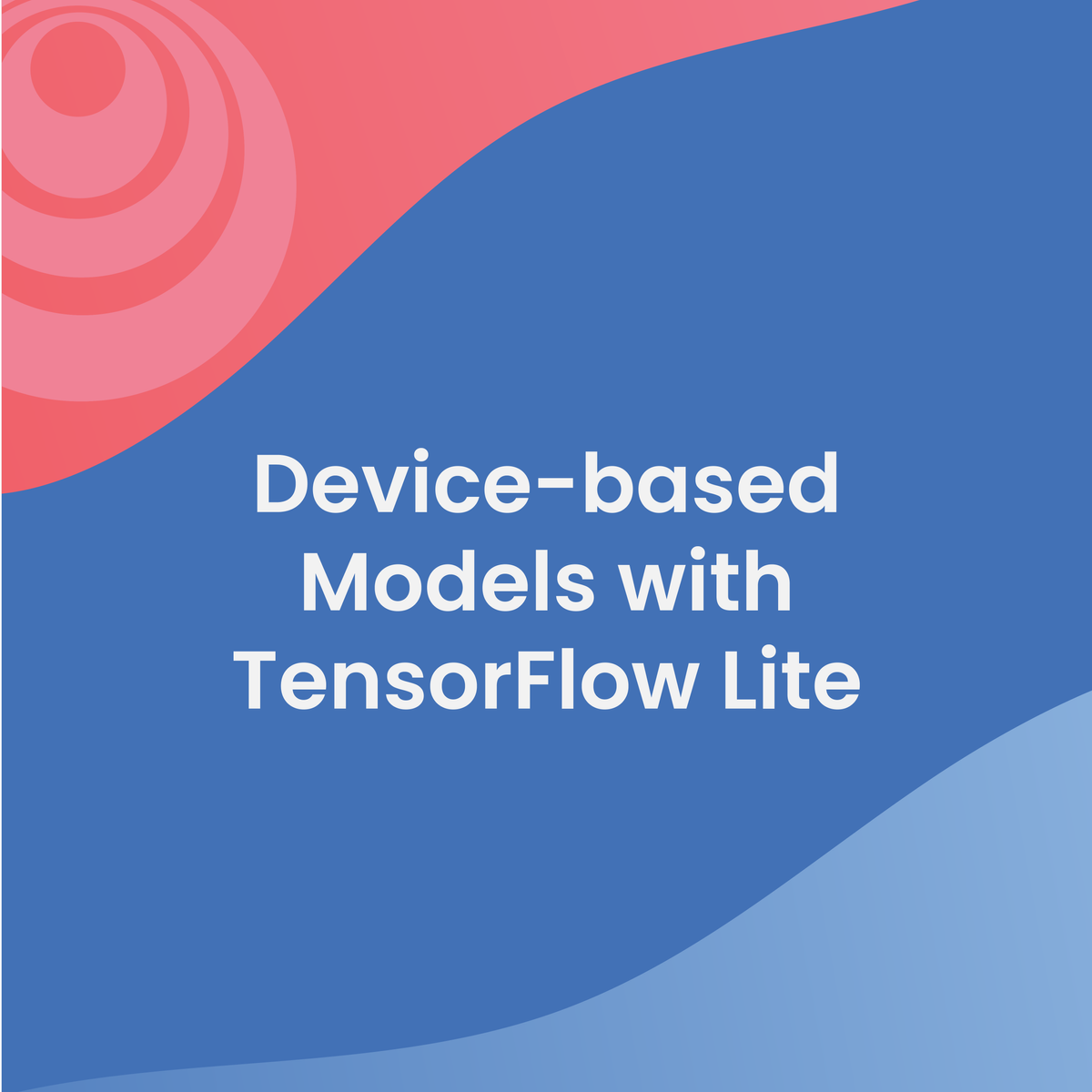

Mobile And Web Development Courses - Page 19
Showing results 181-190 of 456

Secure Full Stack MEAN Developer
MEAN stack development is a modern approach to building dynamic web applications. It is an open-source JavaScript framework that harnesses four major technologies: MongoDB, Express, Angular, and Node.js. Given the ever-increasing demand for full-stack JavaScript developers, this course will help you master both front-end and back-end development.
The course will begin with teaching you how to build your own application with plain JavaScript and the fundamentals of web development (HTML, CSS, and JavaScript). You will understand how Node can be used to execute JavaScript code at the back end and the powerful applicability of Node when used with the Express framework and MongoDB. Further, you will learn how to use the front-end framework with Angular for building client applications and user interfaces. Later, you will become familiar with building REST APIs with tools such as Postman and SoapUI.
By the end of this course, you will be able to successfully build secure web applications with the most advanced and updated JavaScript frameworks.

Build a Web App incorporating React and Redux Hooks
By the end of this project, you will build a Web App incorporating React and Redux Hooks. For the Redux architecture implementation, we will be using the Redux Toolkit since that is the recommendation from the authors of Redux. Creating a Web App using Redux simplifies state management by enforcing a unidirectional flow through the application.

Developing Responsive Web Pages Using HTML5 and CSS3
The number of mobile users has increased exponentially over the past few years. Shopping, social connect, entertainment and other activities are just a few clicks away for these mobile users. A responsive web design adjusts the layout and appearance of the web pages to suit the resolution and width of the screens. This makes a web page look attractive on devices with diverse screen sizes. Designing a well-organized, responsive, and user-friendly web page has therefore become the need of the hour.
This course will guide you to develop websites that adapt to the device size of the visitor’s viewport and provide users an optimal experience.

Getting started with Augmented Reality
This course will teach you the basics of developing mobile applications using Mixed and Augmented Reality (MAR) technologies.
Through hands-on projects, you’ll learn practical techniques to rapidly and easily prototype three different applications for Android smartphones and tablets – even with no previous coding experience.
If you’re a creative entrepreneur, this is your ideal introduction to today’s trends in the products and technologies of the emerging augmented reality market.
If you’re a journalist, media/content producer or teacher, you’ll discover how to augment print-based media with sounds, images and videos, and see how to create an augmented city map and geo-located augmented reality game for your audience.
If you’re a web designer or app developer, you’ll gain a range of technological building blocks that you can integrate into your service portfolio.
Whatever your background, you’ll learn how to design cutting-edge visual experiences that will enhance your job prospects.
What you’ll learn
• All about the main MAR products and technologies on the market today
• How to build three different augmented reality applications using an augmented reality browser and authoring tools
• How to include image recognition and object tracking
• How to use geolocation functionality for outdoor augmented reality
• Details of the ISO-ARAF standard, an innovative language for representing augmented reality content
Prerequisites
• You don’t need any prior technical knowledge to take this course.
• If you’re familiar with markup languages (HTML, XML, etc) and content management systems, you may be more at ease with the key concepts and techniques.
This MOOC is supported by the Patrick and Lina Drahi Foundation.
Follow us!
Twitter : https://twitter.com/MOOCMAR
Facebook : https://www.facebook.com/MOOCMAR/

Programming Mobile Applications for Android Handheld Systems: Part 2
This course introduces you to the design and implementation of Android applications for mobile devices. You will build upon concepts from the prior course, including handling notifications, using multimedia and graphics and incorporating touch and gestures into your apps.

Programming Fundamentals in Kotlin
Practice and expand on the fundamentals of programming that are core to any language as well as the unique aspects of Kotlin syntax. You will work with data types, functions, conditionals, operators, collections-arrays, variables and loops.
Furthermore, you will declare and initialize different types of variables and explain their scope as well as create arrays and collections in Kotlin. You’ll create control flow patterns using conditionals and loops. There will be opportunities to practice using structs and classes while considering best cases for both. Discover deeper ways to use objects in Kotlin through exploring interfaces and classes.
After completing this course, you will be able to:
• Describe basic types and variables
• Explain numbers in Kotlin
• Explain what conditions are
• Describe how to use loops
• Explain the concept of a function
• Differentiate between a parameter and an argument
• Explain that a function can return a value and describe how it works
• Explain the difference between a class, an object and a type
• Differentiate between various visibility modifiers
• Describe the use of collections in programming
• Identify which collection type to use in any given situation
• Explain the difference between List, Set and Map
• Synthesize the skills you gained from the course to create code for the Bank Account project.
This is a beginner course for learners who would like to prepare themselves for a career as an Android developer using Kotlin. To succeed in this course, you do not need prior web development experience, only basic internet navigation skills and an eagerness to get started with coding.
Advanced App Development in Android Capstone
This capstone project has been designed as an opportunity to practice what you have learned in the first 3 courses of this specialisation. This capstone project consists of 4 assignments. You will have to develop an immersive Android app with the use 3D graphics, sensor control and VR. For the first assignment, you will have to develop a virtual art gallery using the Android Canvas drawing functions introduced in Course 1 "Introduction to Android graphics". The second assignment entails the design and development of a virtual 3D art gallery based on OpenGL ES applying the knowledge and skills acquired in Course 2 "Android Graphics with OpenGL ES". For the third assignment you will create a virtual reality app with your 3D art gallery, using advanced techniques like introducing sensor control, animations, binocular view for VR, lighting effects and texture mapping, based on the knowledge and skills you learned in Course 3 "3D Graphics in Android: Sensors and VR". For the final submission of the capstone project we give you the avenue to combine your creativity with all the knowledge and skills you gained in Android graphics programming from the three first courses. This capstone is intended for learners with basic knowledge in Android app development seeking to develop knowledge in computer graphics and virtual reality in Android. The learners should have completed the 3 courses in this specialisation (i.e. Course 1 "Introduction to Android graphics", Course 2 "Android Graphics with OpenGL ES", and Course 3 "3D Graphics in Android: Sensors and VR") before starting this capstone project.

Classify Images of Cats and Dogs using Transfer Learning
This is a self-paced lab that takes place in the Google Cloud console.
TensorFlow is an end-to-end open source platform for machine learning. It has a comprehensive, flexible ecosystem of tools, libraries and community resources that lets researchers push the state-of-the-art in ML and developers easily build and deploy ML powered applications.
This lab uses transfer learning to train your machine. In transfer learning, when you build a new model to classify your original dataset, you reuse the feature extraction part and re-train the classification part with your dataset. This method uses less computational resources and training time. Deep learning from scratch can take days, but transfer learning can be done in short order.

Device-based Models with TensorFlow Lite
Bringing a machine learning model into the real world involves a lot more than just modeling. This Specialization will teach you how to navigate various deployment scenarios and use data more effectively to train your model.
This second course teaches you how to run your machine learning models in mobile applications. You’ll learn how to prepare models for a lower-powered, battery-operated devices, then execute models on both Android and iOS platforms. Finally, you’ll explore how to deploy on embedded systems using TensorFlow on Raspberry Pi and microcontrollers.
This Specialization builds upon our TensorFlow in Practice Specialization. If you are new to TensorFlow, we recommend that you take the TensorFlow in Practice Specialization first. To develop a deeper, foundational understanding of how neural networks work, we recommend that you take the Deep Learning Specialization.

Hosting a Web App on Google Cloud Using Compute Engine
This is a self-paced lab that takes place in the Google Cloud console. In this lab you’ll deploy and scale a Web App on Google Compute Engine.
Popular Internships and Jobs by Categories
Find Jobs & Internships
Browse
© 2024 BoostGrad | All rights reserved